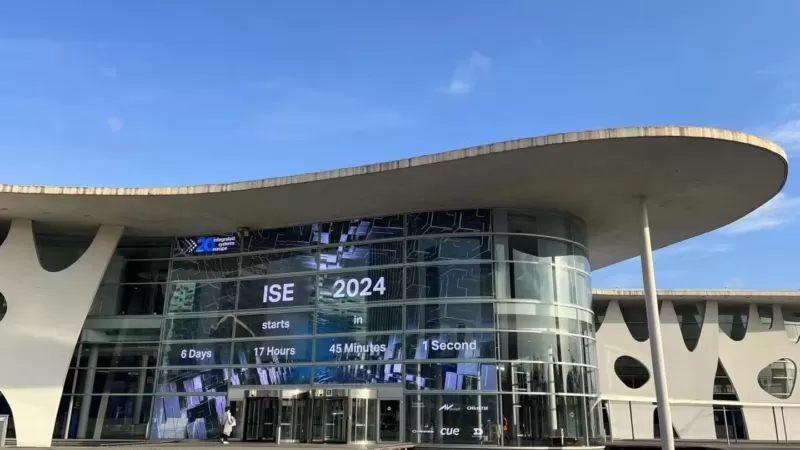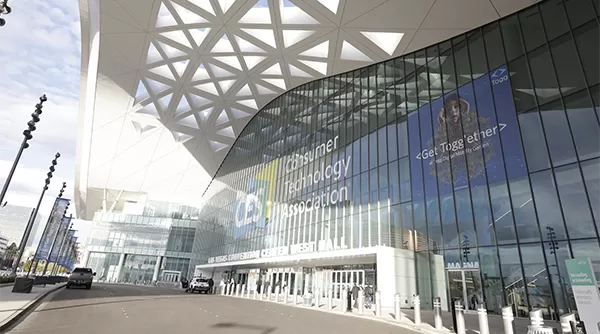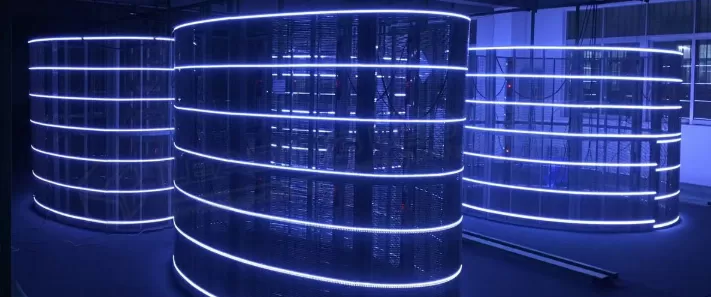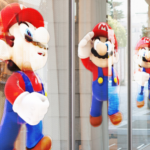
The Future of Retail: How Transparent LED Displays Are Revolutionizing Storefronts
2024-08-08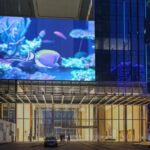
Innovative Uses of Transparent LED Displays in Public Spaces
2024-08-23Introduction
Transparent led display has become an essential tool for businesses, transforming how they communicate with customers, promote products, and enhance brand visibility. Whether it’s creating an eye-catching storefront or delivering impactful messages at large-scale events, the right display technology can make all the difference. Among the options available, transparent LED display screen and traditional LED screen stand out as two powerful solutions, each offering distinct advantages.
The Rise of Digital Signage in Business Environments
In today’s competitive business landscape, captivating customer attention is more important than ever. Digital signage has evolved from simple displays to high-tech solutions that deliver dynamic, interactive content. Transparent LED displays and traditional LED screens have emerged as key players in this space, each catering to different business objectives and aesthetic goals.
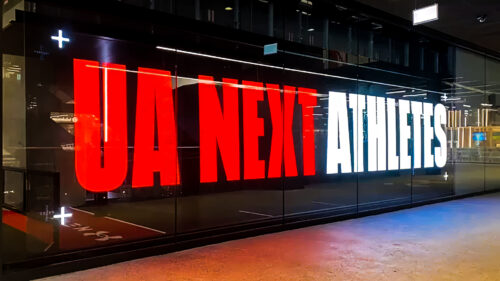
What is Transparent LED Display Screen?
Transparent LED display screen is a breakthrough technology that allows businesses to project vivid visuals without blocking light or obstructing the view behind the screen. This makes them ideal for storefronts, showrooms, and spaces where preserving openness and natural light is a priority. These screens seamlessly blend into their environment while still delivering powerful, eye-catching content.
Understanding Traditional LED Screens
Traditional LED screens have been a staple in digital signage for years. Known for their high brightness, vibrant colors, and flexibility in various environments, they are widely used for indoor and outdoor advertising, event backdrops, and retail promotions. Their solid, non-transparent structure offers uninterrupted, high-definition visuals, making them suitable for applications where full coverage is needed.
Purpose of the Comparison: Choosing the Right Solution for Your Business
Both transparent LED display screens and traditional LED screens offer distinct advantages, but which one is the right fit for your business? This article breaks down the key benefits and drawbacks of each technology, helping you align your choice with your specific business needs, aesthetic goals, and operational environment.
Overview of Transparent LED Screen Display
Transparent LED Screen Display is a cutting-edge solution that offers stunning visuals while maintaining visibility through the screen. Unlike traditional LED screens, transparent displays are designed with small gaps between pixels, allowing light to pass through and ensuring the screen itself remains almost invisible. This combination of technology and design enables businesses to deliver vibrant, eye-catching content without blocking views or disrupting natural light.
| Key Features of Transparent LED Screen Display |
| Transparency: The most distinguishing feature of transparent LED displays is their ability to maintain a high degree of transparency, often ranging between 60% and 95%. This allows them to blend seamlessly into their surroundings, making them ideal for spaces where preserving openness and visibility is crucial. |
| Lightweight Design: Transparent LED screens are typically much lighter than traditional LED displays, thanks to their minimalist design and reduced material usage. Their slim profile and modular structure make them easy to install and maintain, even in complex environments. |
| High-End Aesthetic: With their sleek, modern appearance, transparent LED screens offer a premium visual experience. They are perfect for businesses aiming to create a futuristic or sophisticated ambiance, especially in high-end retail stores and luxury settings. |
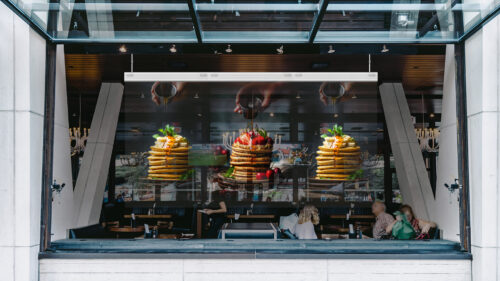
Transparent LED display screens are widely used in environments where both aesthetics and functionality are essential. Some of the most common applications include:
| Typical Use Cases |
| Retail Storefronts: Transparent screens can transform shop windows into dynamic displays, allowing businesses to showcase promotions and branding while still offering a clear view of the products inside. |
| Shopping Malls: In malls, these screens enhance visual appeal while maintaining open sightlines. They are often used for advertising or guiding customers through large retail spaces. |
| Exhibition Centers: In exhibition centers and showrooms, transparent LED displays are perfect for showcasing products and presentations, blending innovation with visual impact without obstructing visibility or space. |
Overview of Traditional LED Screens
Traditional LED screens have long been a staple in digital signage, known for their bright, vibrant displays and versatile usage. These screens use light-emitting diodes (LEDs) to create images and videos, providing excellent visibility in various lighting conditions. Traditional LED screens are characterized by their high resolution and ability to deliver crisp visuals even in large formats, making them ideal for impactful, large-scale displays.
| Key Features of Traditional LED Screens |
| High Brightness: Traditional LED screens are designed to offer high brightness levels, ensuring clear visibility even in direct sunlight. This makes them a go-to choice for outdoor applications where maintaining image clarity is essential, regardless of ambient lighting. |
| Versatility: Traditional LED screens can be customized for various shapes, sizes, and configurations. Whether it’s a curved screen for an arena or a flat video wall for a shopping mall, these displays are adaptable to different requirements, offering flexibility in installation and design. |
| Outdoor Durability: Built to withstand harsh weather conditions, traditional LED screens are commonly used in outdoor settings. They are water-resistant, dustproof, and designed to handle temperature fluctuations, ensuring reliable performance over time in diverse environments. |
Traditional LED screens are widely used in scenarios where robust performance and high visibility are key. Some common applications include:
| Common Applications |
| Billboards: Traditional LED screens dominate the outdoor advertising space, transforming billboards into digital canvases that capture attention with dynamic content. |
| Stadiums: In sports arenas and stadiums, traditional LED screens are used to display live feeds, scores, and replays, delivering a vivid viewing experience for large audiences. |
| Large-Scale Displays: For events, concerts, and public displays, traditional LED screens provide the scale and brightness needed to reach vast audiences, ensuring that visuals are clear even from a distance. |
| Comparing Benefits of Transparent LED Screen Display vs. Traditional LED Screen | ||
| Aspects | Transparent LED Screen Display | Traditional LED Screens |
| Aesthetics and Design Flexibility | Sleek, minimal design with high transparency; blends into modern, open spaces. | Conventional, solid design; ideal for bold, high-impact visuals in larger formats. |
| Application Versatility | Best for retail, showrooms, and environments requiring visual openness. | Suitable for indoor/outdoor applications like billboards, stadiums, and events. |
| Visual Impact and Transparency | Balances vibrant visuals with visibility, perfect for showcasing products. | Prioritizes high-definition content with full opacity, ensuring strong color contrast. |
Evaluating Drawbacks of Each Tech
| Transparent LED Display Screens | Traditional LED Screens |
| Limited Brightness in Direct Sunlight: While ideal for indoor and semi-outdoor environments, transparent LED screens may struggle with visibility under intense sunlight. | Bulkiness: Conventional LED screens are often heavier and more cumbersome, requiring significant structural support. |
| Installation Complexity: Requires specialized setup, especially when integrating into existing architectural designs. | Visibility Concerns in Glass-Heavy Spaces: Blocks natural light and visibility, making them less suitable for environments emphasizing openness and transparency. |
| Higher Costs: Advanced technology and sleek design lead to a higher initial investment compared to traditional options. | Limited Architectural Integration: The solid, non-transparent design can clash with high-end, modern architectural aesthetics. |
Key Considerations for Businesses
When choosing between transparent LED displays and traditional LED screens, businesses should evaluate the following factors to determine which technology best fits their needs:
| Aspects | Transparent LED Displays | Traditional LED Screens |
| Budget | Generally come with a higher upfront cost due to advanced technology and design. | Typically more cost-effective, with lower initial investment. |
|
Intended Use (Indoor vs. Outdoor) |
Ideal for indoor environments or semi-outdoor spaces where visibility and aesthetics are prioritized. | Suitable for both indoor and outdoor applications, including high-brightness environments and large-scale displays. |
| Space Constraints | Perfect for environments with limited space where integration into existing structures is necessary. | May require more space for mounting and support due to their bulkier design. |
| Desired Visual Impact and Branding | Best for creating a modern, sophisticated look with high transparency and visual openness. | Ideal for delivering high-impact, high-definition visuals with strong color contrast, suitable for eye-catching advertisements and large displays. |
| Maintenance and Long-Term Costs | Consider potential higher maintenance costs and complex installation processes; long-term costs may be higher due to the advanced technology. | Generally easier and less expensive to maintain; long-term costs are typically lower with straightforward installation and maintenance requirements. |
